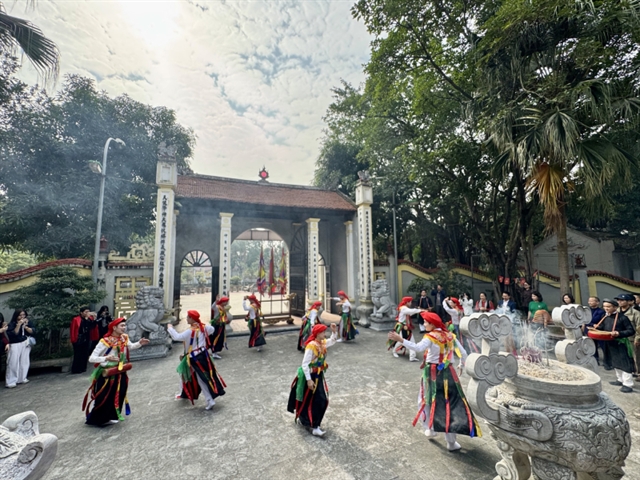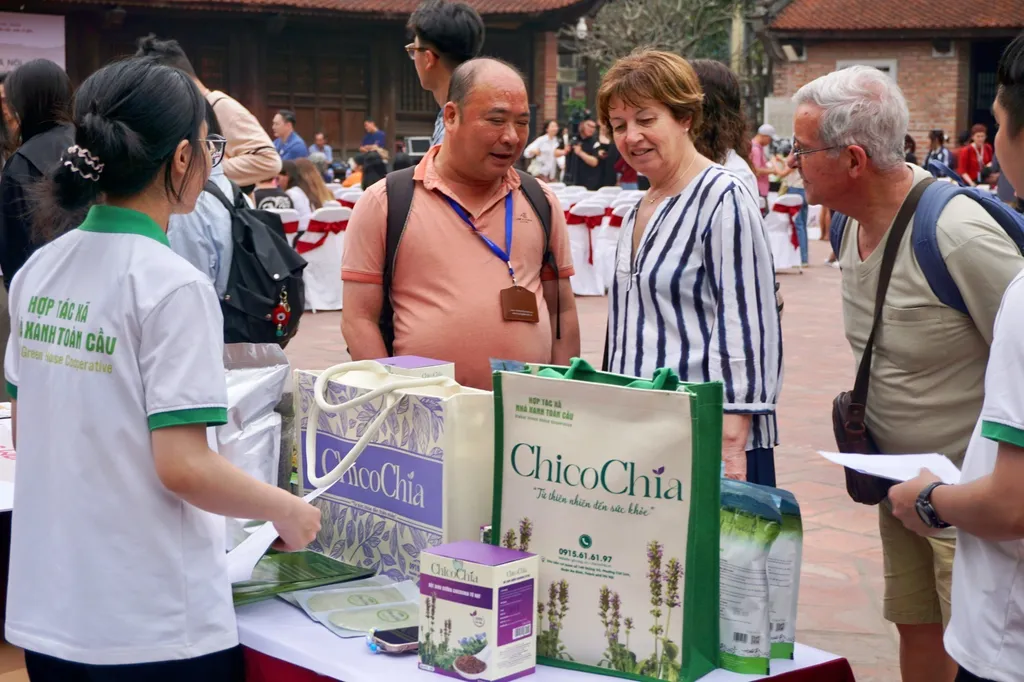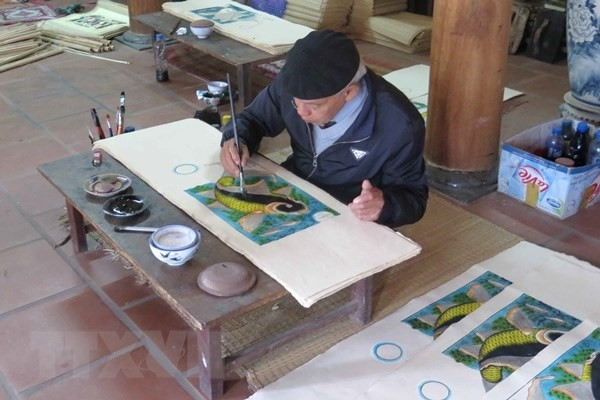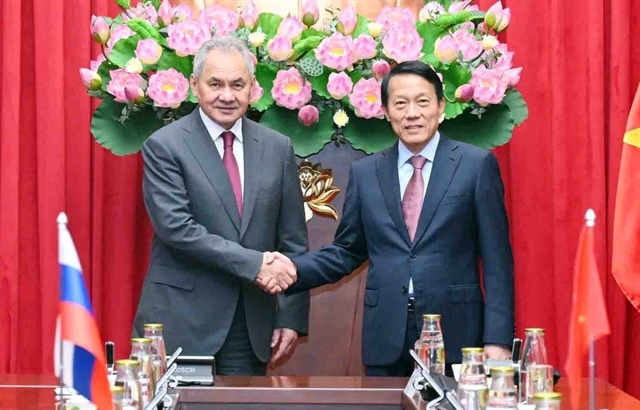 Opinion
Opinion

.jpg) |
| Hoàng Nhân Chính, Head of the Secretariat of the Việt Nam Tourism Advisory Board. VNA/VNS Photo |
The Government has recently granted visa exemptions for 15 countries upon entry into Việt Nam. A flexible visa policy is an essential tool to enhance a destination's appeal and competitiveness among nations. However, this is a necessary but not sufficient condition. Việt Nam's tourism industry still has much to do to capitalise on this visa boost. Hoàng Nhân Chính, Head of the Secretariat of the Việt Nam Tourism Advisory Board, shares his insights on the matter.
International media reports that Việt Nam's tourism industry has one of the strongest recoveries in Southeast Asia, even surpassing popular destinations like Thailand, Singapore, Indonesia, Malaysia and the Philippines. With the newly announced visa exemption policy, how can Việt Nam increase its competitiveness?
I believe an open visa policy signals that Việt Nam is more accessible. This can attract tourists, especially independent travellers, who are more sensitive to visa barriers. A flexible visa policy also portrays Việt Nam as an open and friendly destination, drawing investors, business travellers, and long-term visitors.
In Southeast Asia, countries like Thailand, Singapore, Malaysia and Indonesia have already implemented flexible visa policies to attract international tourists. For example, Thailand grants visa exemptions to 98 countries, allowing stays of 30–90 days; Malaysia exempts 165 countries for 30–90 days; and Singapore allows 163 countries visa-free access for similar durations. Meanwhile, Việt Nam currently grants visa exemptions to only 30 countries, with stays mainly limited to 30–45 days – considerably less than other regional competitors. If we do not expand our visa exemption list, we risk losing our competitive edge.
If the visa exemption policy targets developed countries such as the US, Canada and Australia or high-net-worth travellers, Việt Nam can directly compete with Singapore and Thailand in the luxury tourism segment.
Currently, Singapore leads in service quality but has high costs, while Thailand is known for affordability. Việt Nam can leverage its unique culture and lower costs to position itself as an attractive alternative, making it a priority destination for travellers planning their trips.
Based on your analysis, Việt Nam's visa exemption policy has become more open but still lags behind other countries. What immediate improvements can be made?
Việt Nam has made significant improvements, expanding visa exemptions to 30 countries and increasing the stay duration to 45 days for some countries. However, compared to Thailand (visa exemptions for nearly 100 countries) and Malaysia and Singapore (both over 160 countries), our numbers are still modest.
If Việt Nam cannot immediately expand its visa exemption list to match Thailand’s, we should consider selectively targeting high-value travellers who have significant economic contributions. Many countries have successfully adopted this approach to maximise the benefits of visa policies without broad-scale expansion.
The Government is focusing on granting visa exemptions to high-end tourists because they tend to spend more on luxury accommodations (five-star hotels, resorts), fine dining, luxury shopping and exclusive experiences (yacht tours, golf, private guided experiences). According to the World Tourism Organization, luxury travellers can spend between five and ten times more than mass-market tourists, boosting revenue without the need for high visitor numbers.
Moreover, Việt Nam's tourism infrastructure is not yet equipped to handle the massive influx of tourists like Thailand, which welcomed 35.5 million visitors in 2024. Focusing on high-end tourism reduces strain on infrastructure while making full use of developed destinations like Phú Quốc, Đà Nẵng and Nha Trang, which already have luxury resorts and services in place.
Attracting affluent travellers, including business executives, billionaires and celebrities, can also position Việt Nam as a prestigious and unique destination. This naturally enhances the country's image, similar to how destinations like the Maldives and Dubai have marketed themselves.
I believe that selectively granting visa exemptions, rather than expanding them across the board, will help Việt Nam better control inbound travel, reduce risks related to illegal immigration and address security concerns, which remain significant barriers today.
 |
| Tourists interested in the 'Multichromatic' exhibition held at the Temple of Literature in Hà Nội. — VNA/VNS Photo |
If a visa policy alone is not enough, what else must Việt Nam do to attract international visitors?
While the new visa policy is a positive and crucial step, it should not be seen as a magic bullet that will automatically bring in international tourists. It is just one element within the broader tourism ecosystem. Its effectiveness depends on other factors, such as promotion, marketing and, most importantly, developing diverse and appealing tourism products.
A study by the World Tourism Organization (UNWTO) found that 70 per cent of travellers make their destination choices based on the destination’s reputation and available experiences, rather than visa policies alone.
Thailand, for instance, grants visa exemptions to 98 countries as an initial step, but its true success comes from diverse tourism offerings such as floating markets, festivals, Thai massages and strong promotional efforts with a US$100 million annual marketing budget. As a result, Thailand attracted 35.5 million visitors in 2024, generating $48.5 billion in revenue.
Similarly, Singapore provides visa exemptions to 163 countries, but its main draw lies in its iconic landmarks (Marina Bay Sands), cleanliness and world-class services. Despite welcoming only 16.5 million visitors last year, it generated $29 billion in tourism revenue.
This shows that a favourable visa policy is necessary but not sufficient. Without attractive tourism products and effective marketing, tourists may still choose Thailand, Malaysia, or Singapore over Việt Nam.
I believe Việt Nam should shift its approach and prioritise enhancing the quality of visitor experiences rather than merely chasing high visitor numbers. If we execute this strategy well, Việt Nam can not only catch up with Thailand but even emerge as the top travel destination in Southeast Asia within the next decade. — VNS




